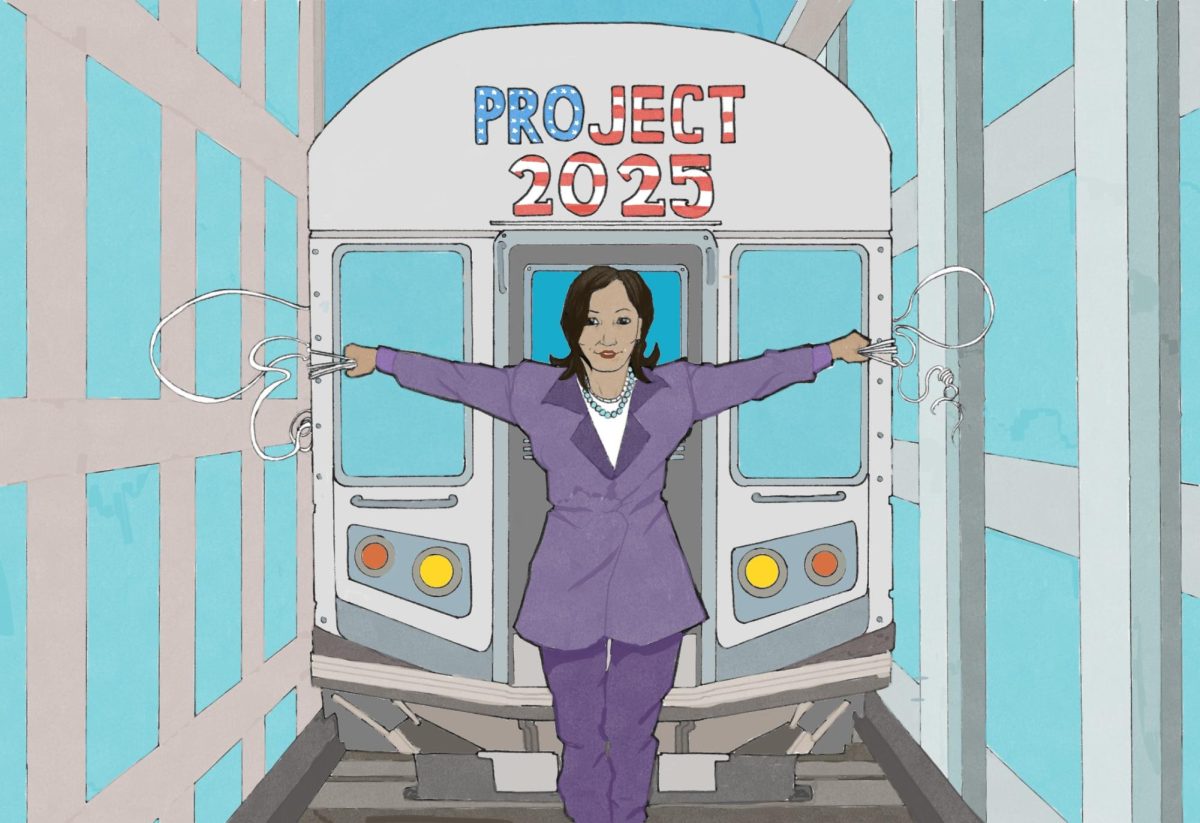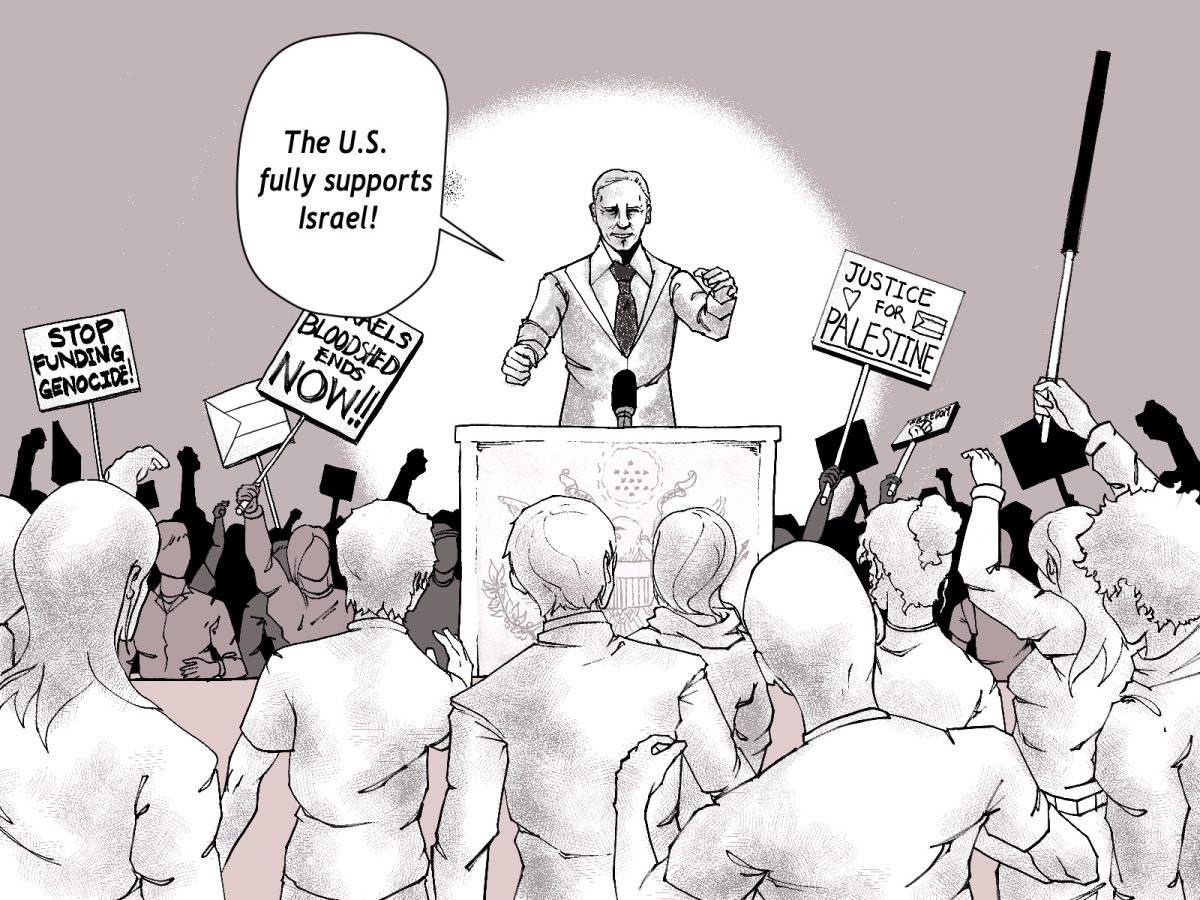The American flag has always been looked upon as a symbol of peace and strength during war times.
The white and red stripes on the flag represent the thirteen original colonies that were founded in the 17th and 18th centuries. The 50 stars on the flag are for the 50 states of the union.
The red stripes mean determination and bravery. The white stripes express freedom and innocence. As for the blue on the flag, it represents caution, endurance, and integrity.
But for all the idealism imbued into the flag at its inception, the country it has gone on to represent partaken in just as much darkness, as hope.
During the time of the American Revolution, when Americans officially gained their independence, the country still practiced slavery and would continue to do so for 89 years.
How can the American flag created in 1777, the Star Spangled Banner written in 1814, and the Pledge of Allegiance written in 1892 truly represent justice and freedom for ALL Americans when 90% of Americans were still enslaved for half of it and experienced racism and segregation immediately after?
Despite some progress, the issue of race has always remained a touchy one for Americans.
Flash forward to 1945. In the aftermath of the WWII bombing of Pearl Harbor by Japan, paranoia of another attack on the United States sent shockwaves throughout the country.
This combined with the intersection of economic competition, cultural separateness, and deep-rooted anti-Asian racism resulted in a catastrophic outcome for Japanese Americans.
In response to the attack President Franklin D. Roosevelt swiftly issued Executive Order 9066 of 1942 for the removal of all Japanese Americans on the west coast from their homes and into internment camps.
A history fraught with racial tensions (the aforementioned examples are only the big ones) that have persisted in some way, shape, or form until today has resulted in plenty of mixed modern feelings about old glory.
Cerritos College freshman Daniel Rios stated when interviewed, “The American flag represents freedom to me when I see it because that’s how I grew up believing.”
To this day, the flag remains a symbol of freedom for the majority of Americans but is it just the fact that it’s what they commonly grew up believing?
Eduardo Sanchez another student from Cerritos feels that the flag still instills a universal feeling.
“To me, it represents the need to push and secure our freedom,” Sanchez said, “We need to protest, join many groups, and fund the groups, if possible, to work hard for our ideals.”
But the ideals of the flag cross borders.
Karen Santos, a former journalism student in her state, migrated to the United States with her son when he was a child.
Santos, who now attends Cerritos College with her 20-year-old son, enrolled to learn the English language and get back into Journalism.
“When I see an American flag it reminds me of union, but although it is not shown, lately,” Santos said.
Alexander Alvarado, paralegal student at Cerritos has a different point of view.
“I saw how my parents struggled while growing up, you know they want to have that dream, that perfect dream but you know sometimes it doesn’t work out for the best,” said Alvarado.
“Although sometimes it does because I’ve seen my dad thrive while my mom didn’t thrive that well, I see the American flag as something that is a strong symbol and I identify as American for it, but the other part of me I am first generation American, so I do see that flag as a symbol of hope and prosperity.”
Some people do see the American flag as a symbol out of reach, but progress is rarely a straight line and the best ideals are eternal, so we might never stop striving for them.
The American Dream, though it may seem to be out of reach (at times painfully so) the drive to never stop reaching for it ensures that Americans will never stop learning and bettering themselves.
So long as that remains the core principle of America, its flag will always stand for something good, despite the blood that’s been shed on it along the way.


























